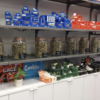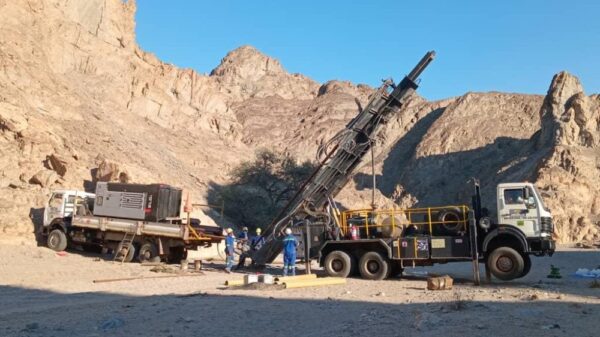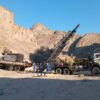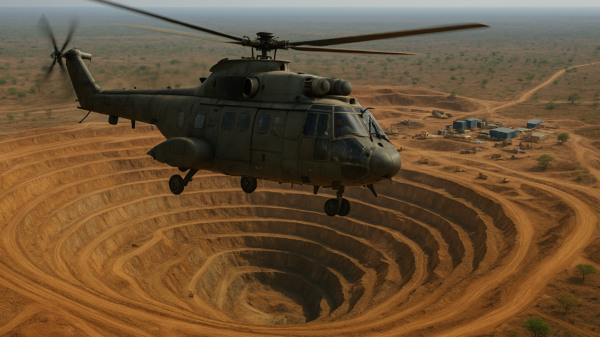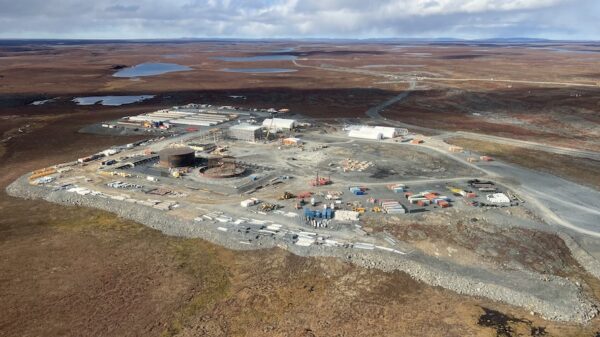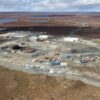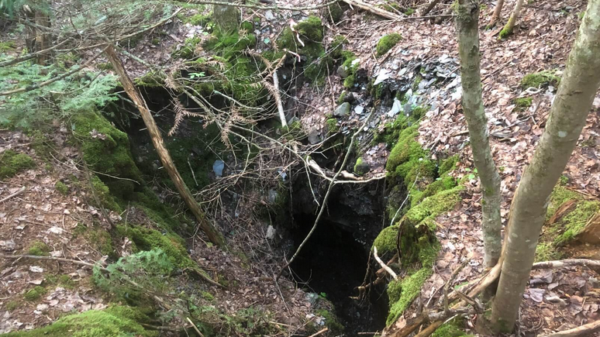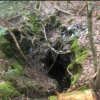Karora Resources Inc. (TSX: KRR) (OTCQX: KRRGF) has updated its mineral resource estimate at the company’s flagship project in Western Australia and observed significantly improved numbers following the conclusion of its 2022 drill program.
On Monday, the company announced that measured and indicated resources at its Beta Hunt underground mining operation have increased by 20 per cent while inferred resources have risen by 34.
Karora primarily attributes the increase in gold resources to net additions made to the Western Flanks Zone of the site — 146,000 ounces of indicated gold and 338,000 inferred. Additionally, proven and probable gold reserves have also increased by 12 per cent, up 56,000 ounces to 538,000 ounces.

Beta Hunt gold mineral resource timeline: 2016-2022. Photo via Karora Resources
Read more: Calibre Mining gold discovery could breathe life into historic mining community
Read more: Calibre Mining budgets $29M for 2023 exploration in Nevada and Nicaragua
Karora says once the Beta Hunt mine has ramped up to a full capacity of 2 million tonnes per annum approximately 80 per cent of its mill feed will come from the site. The remainder will inherently come from the company’s other two mining operations in Australia, Higginsville and the Lakewood Mill.
“During our 2022 drilling campaign, we were squarely focused on expanding our resource inventory at Beta Hunt, with significant step-out and infill drilling completed to bring potentially mineralized zones identified via exploration drilling into the resource categories,” said Paul Andre Huet, CEO of Karora.
“We were very successful in our efforts, with major contributions to both Measured and Indicated and Inferred Resources, increasing by 20 per cent and 34 per cent, respectively.”
According to the Canadian Institute of Mining, Metallurgy and Petroleum (CIMMP) — a non-profit technical society founded in 1898, indicated mineral resource estimates are significantly more accurate than inferred estimates.
Indicated mineral resource estimates rely upon geological evidence obtained through extensive exploration, sampling and testing while inferred estimates are based on limited geological evidence that is sufficient enough to imply but not accurately verify the continuity of grades and quality in a deposit/site.
Furthermore, Karora has described its indicated resource estimate as “measured and indicated,” and according to the CIMMP, a measured resource estimate has an even higher level of confidence than an indicated estimate. It may be converted to a proven mineral estimate or probable mineral reserve due to its high level of accuracy.

Mineral reserves at Beta Hunt as of Sept. 2022. Photo via Karora Resources
Read more: Calibre Mining finds robust drill results from Golden Eagle project
Read more: Calibre Mining offers a ‘very attractive’ value-risk proposition: Haywood Securities
Calibre Mining (TSX: CXB) (OTCQX: CXBMF) is another Canadian gold producer that has been observing significant success and progress at its operations.
Last month, the company drilled a hole at its Golden Eagle project in Washington that yielded the following high-grade results:
- 4.30 g/t Au over 92.42 metres including 7.80 g/t Au over 17.3 metres in Hole GEC22-001
Calibre has budgeted $29 million for its upcoming drill programs in Nevada and Nicaragua.
Calibre Mining is a sponsor of Mugglehead news coverage
rowan@mugglehead.com





